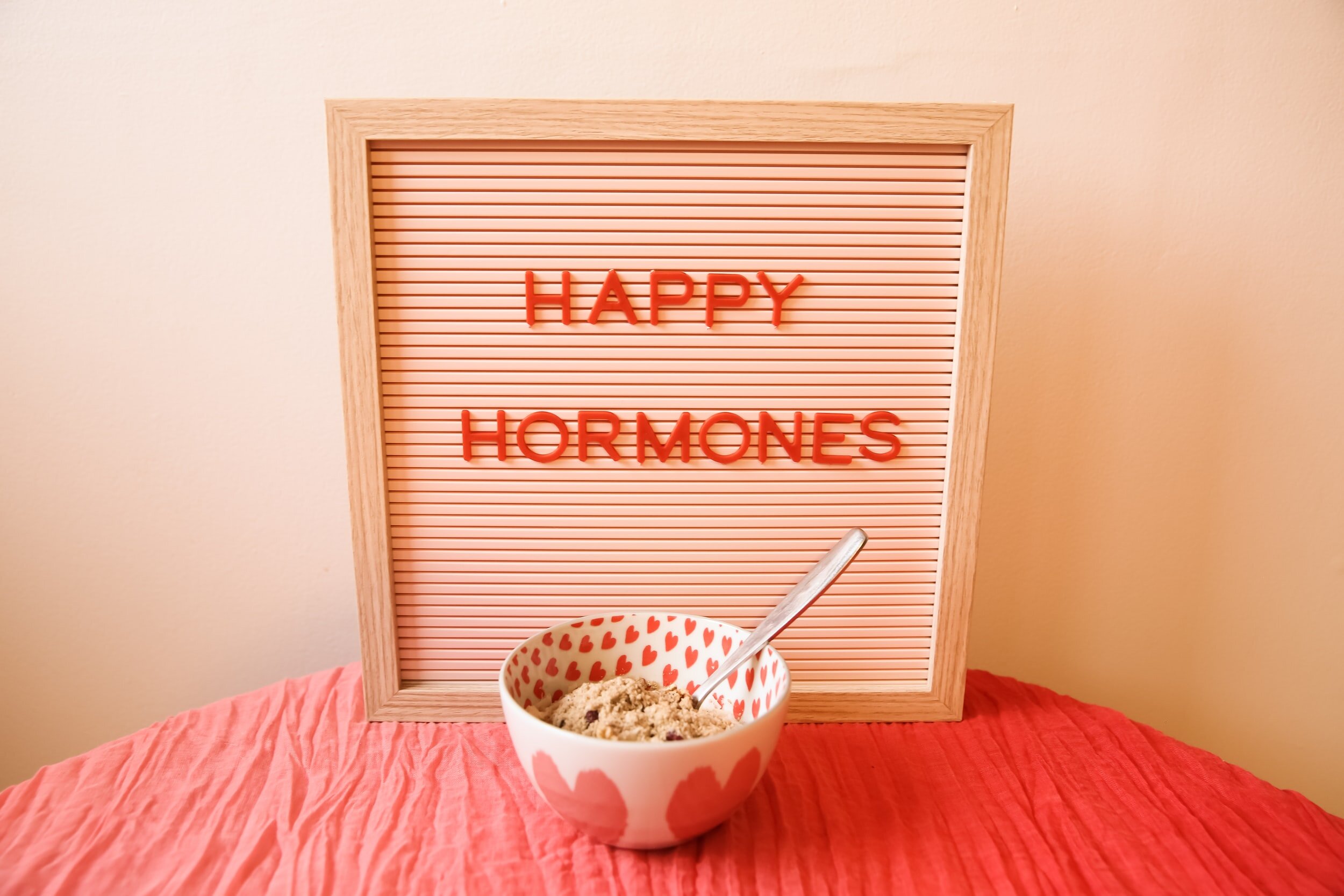PMS is no walk in the park.
One minute you’re feeling happy, content and capable. Next minute you’re angry, irritable, tired, weepy, sore, bloated and depressed.
Many women will experience some collection of PMS symptoms.
Every. Single. Month.
But PMS doesn’t have to be a part of your monthly cycle and you don’t have to go on the pill to get a handle on it.
If you’re wanting to get a hold of your PMS symptoms, the first thing I want to ask you is:
HOW WELL DO YOU KNOW YOUR CYCLE?
PMS symptoms
Most of us haven’t learnt much about our menstrual cycle since high school.
So here are some terms to become familiar with:
- Menstruation/Your period: The time of your cycle when you’re bleeding.
- Day 1: First full day of menstrual bleeding.
- Spotting: Very light blood flow during your non-menstruating days.
- Cycle length: The number of days in your cycle. From day 1 of one cycle to day 1 of the next cycle.
- PMS: The collection of symptoms experienced in the days leading up to day 1. Generally anything from 7 days before a period. Can extend into menstruation.
- Follicular phase: Day 1 until ovulation. During this time a follicle (a sac containing an egg) in your ovary will mature.
- Ovulation: The release of a mature egg by one of the ovaries into the fallopian tube.
- Luteal phase: Ovulation until the last day of your cycle. The lining of the uterus becomes thicker in preparation for a fertilised egg. If unfertilised, the egg and lining breakdown and leave the body, resulting in menstruation.
By knowing when your luteal phase is and when your PMS starts we can identify what is going on.
So the first thing you need to do to help your PMS symptoms is TRACK YOUR PERIOD!
PMS Symptoms
You can do this in a journal, diary, calender or by using an app on your phone.
Some period tracking apps to try:
- Clue
- Period Tracker
- Ovia
- Flo
- The Health app for iPhones
When you tracking your period you’ll understand your natural hormonal fluctuations.
And you’ll understand the moods and symptoms that go with those hormonal fluctuations.
PMS symptoms
The cause of PMS is due to the decline in hormones oestrogen and progesterone. For a typical 28 day period this can start as early as day 21, but is more likely to be in the 5 days leading up to your period.
A decline in your hormones is natural before your period, it is how your body knows to start menstruating. But, a decline in hormones shouldn’t have to equal a rise in PMS.
Certain factors can make this hormonal decline more likely to lead to PMS.
These include:
- Excess or low oestrogen levels
- Excess or low progesterone levels
- An imbalance between oestrogen and progesterone levels
- Increased sensitivity to sex or stress hormones
- High cortisol and adrenaline levels (hello stress!)
Luckily, there are plenty of ways you can support a gentle decline in hormone levels. Leading to reduced or resolved PMS.
I’ve put together my list of tips to help PMS symptoms.
These include:
PMS symptoms
Support your body’s natural production of sex hormones with a healthy and balanced diet. High in vegetables, fruits, protein, fibre and essential fatty acids.
Ensure your body’s natural hormone elimination channels are working effectively. This means moving your bowels daily!
Provide nutritional support in the time leading up to your period. For example if you follow a vegetarian or dairy free diet you might need extra iron or calcium.
Use traditional herbal medicines shown to decrease PMS symptoms. These might include chaste tree, shatavari, withania or peony. Matching your symptom picture and constitution to specific herbal formulas is key.
Finally, my number one priority is to help women tune into the natural cycles of their body. To work out what their body and mind need. Especially in their premenstrual window. And ensure they’re getting it.
What does your premenstrual window look like?
Nourishment, self-care, creative expression, journalling, meditation, gentle exercise. Are these part of your monthly practice?
If not, you will hear about it from your body. And it will most likely be during your premenstrual window.
Creating space in your life for these practices is as important as diet and supplements. Not only for helping PMS, but for tapping into your own potential for self growth.

